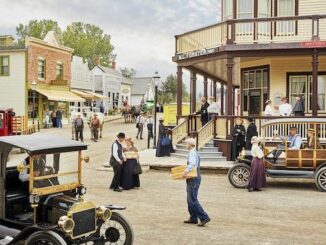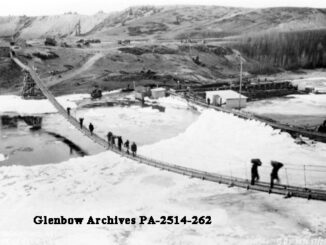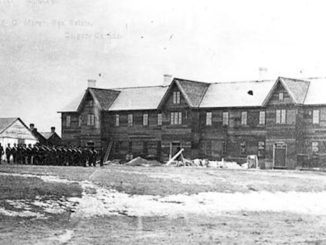In the summer of 1914, the Canadian Armed Forces leased a portion of land from the Tsuut’ina Nation (then known as the Sarcee Nation) to conduct military exercises and to train personnel. The next year, in the north east corner of the reserve, a permanent camp was established. Sarcee Camp would eventually become the largest military base in western Canada for training soldiers for World War I.

Throughout the course of WWI, more than 45,000 soldiers from 30 units across Alberta were trained at Sarcee Camp. It would undergo a series of different names, including The 940 (a reference to its size in hectares), Sarcee Barracks, Sarcee Training Area, and eventually Harvey Barracks. As part of their training program, soldiers were required to haul rocks from the river by hand in order to define each unit’s section within the larger camp. Several units also used the stones to depict their unit badges and battalion numbers.
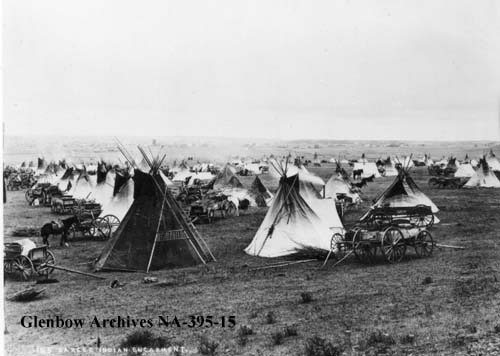
Sarcee Camp was used until the 1990s. After the battalions left, the stone insignia were largely forgotten with grasses and shrubs growing over top of them. A local historian found the stone numbers and initiated the process of protecting the area as a historical site. Through concerted efforts, mainly by members of the 157th Battalion who were stationed in Calgary, the years-long process was completed. Throughout the proceedings, Stewart Green Properties Ltd ensured the stones were kept safe until they could be redistributed. Other than the monument created by the 113th Lethbridge Highlands Infantry Battalion, which remains in its original location, the other numbers were restored but in new places due to ongoing developments in the area.
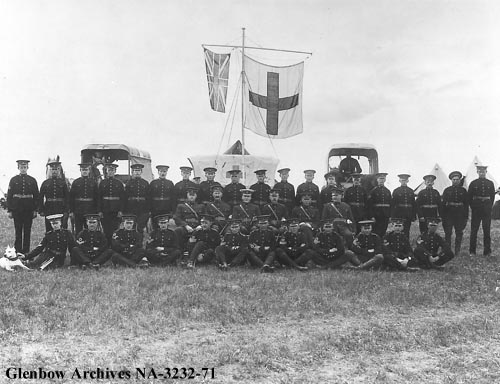
Battalion Park opened on November 3, 1991 and is located on the hillside of the Signal Hill community in south west Calgary. The original stones, more than 16,000 in total, were used to recreate the numbers 137, 151, 51, and 113. Each number represents the battalion that first created them, including the 137th Calgary Battalion, the 151st Central Alberta Battalion, the 51st Edmonton Battalion, and the aforementioned 113th Lethbridge Battalion. Today, the entire area lives as a stark reminder of the training of Alberta soldiers for WWI, many of whom making heroic sacrifices during The Great War.
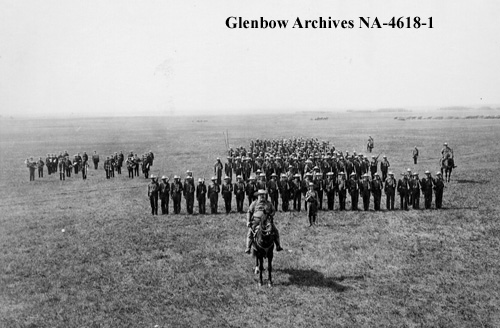
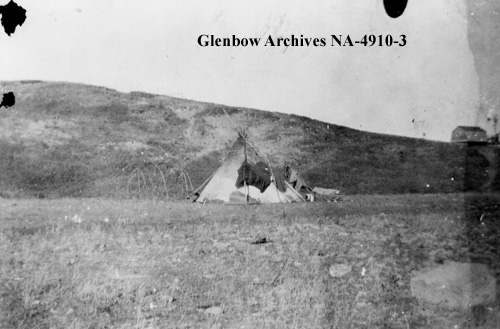
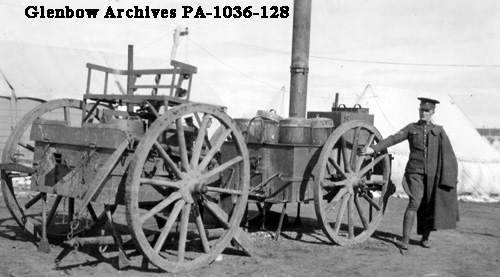
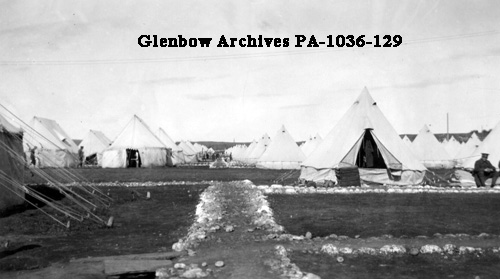
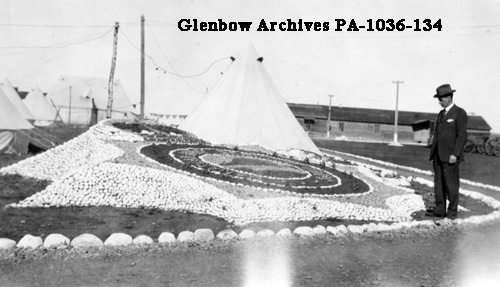
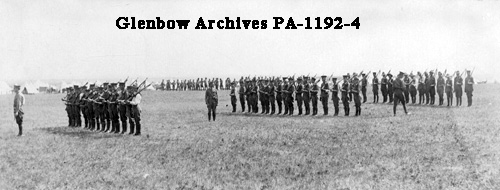
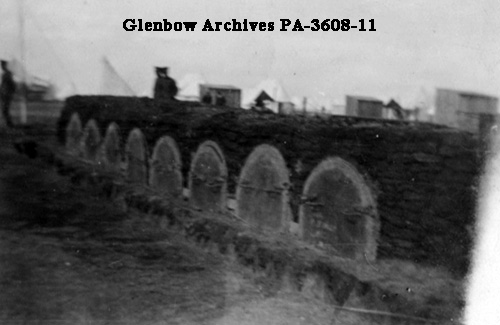
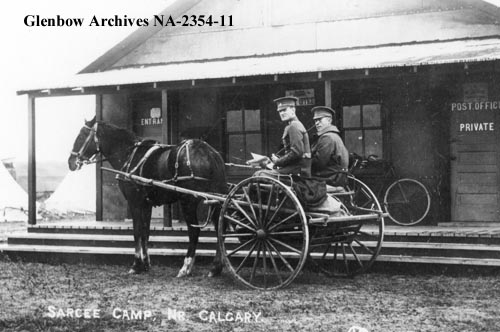
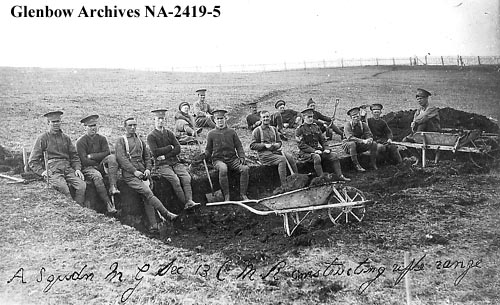
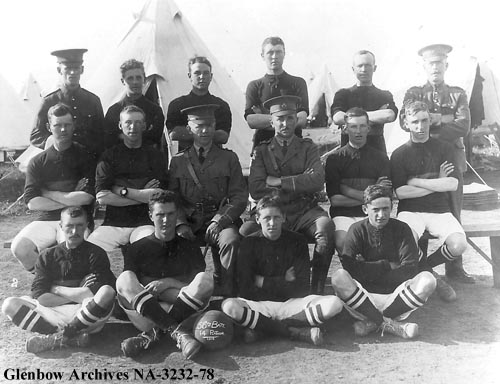
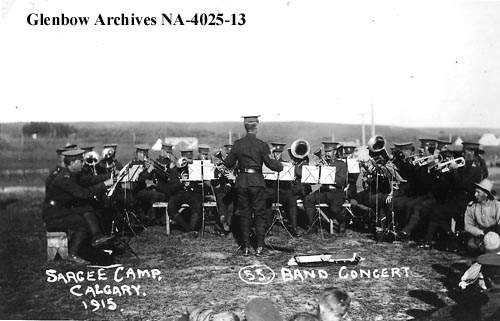
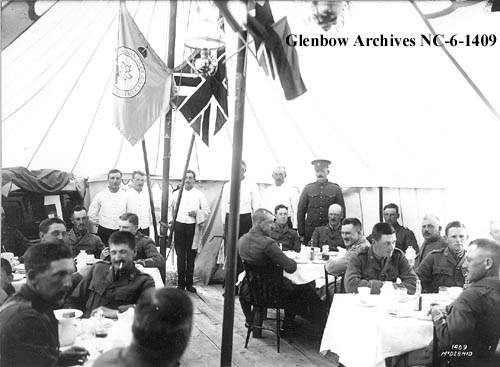
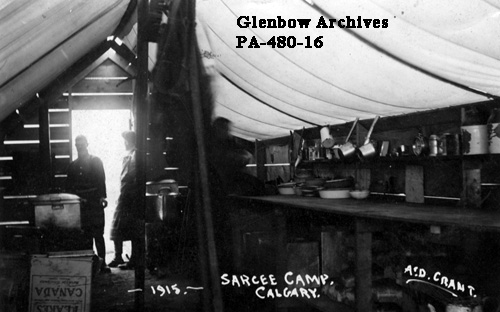
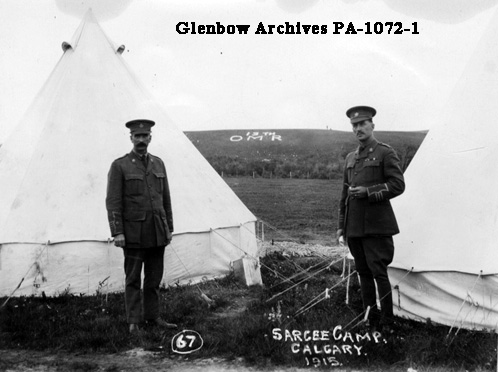
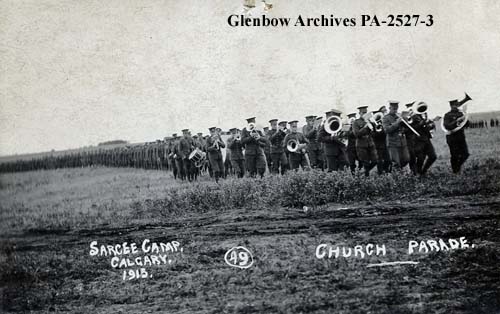
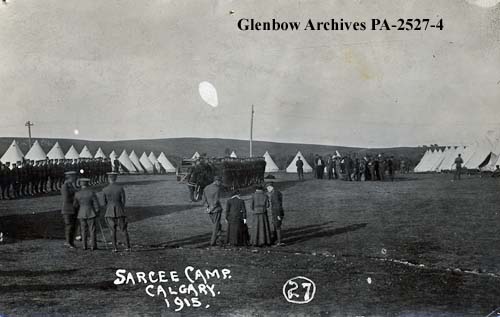
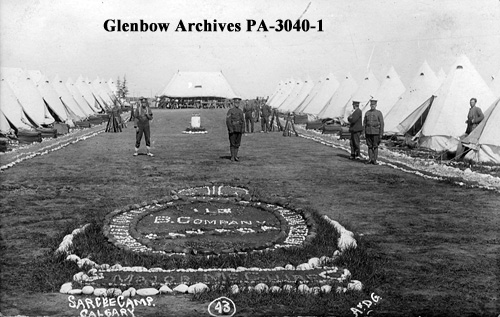
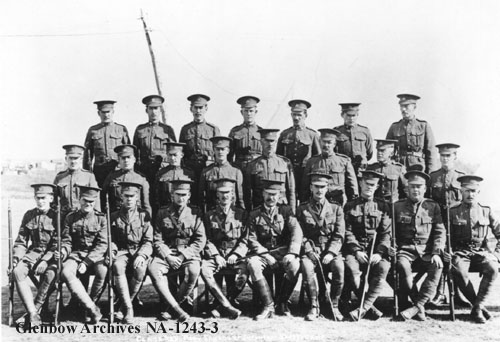
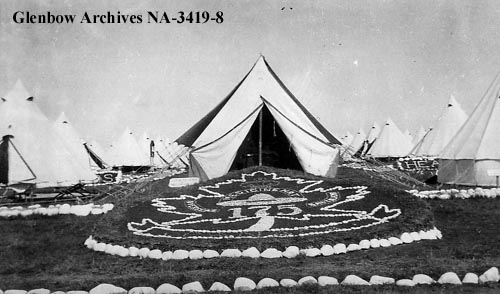
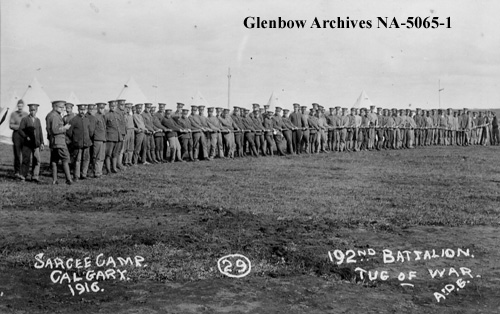
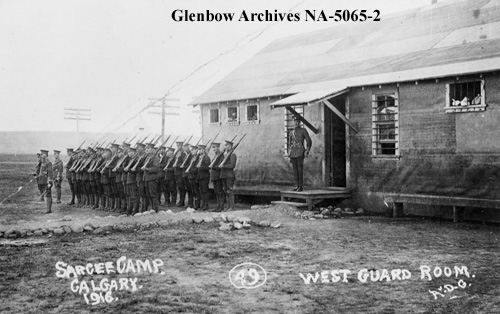
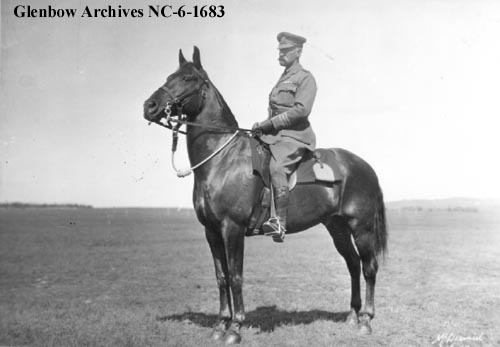
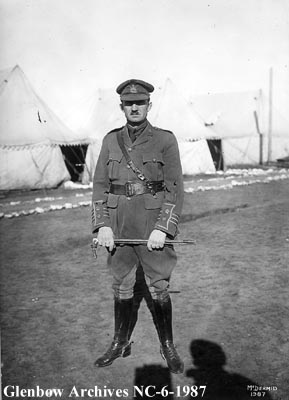
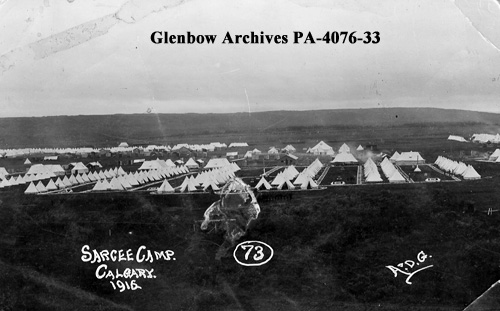
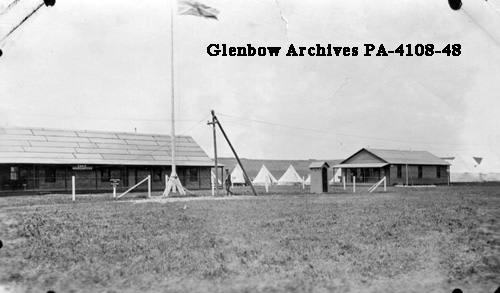
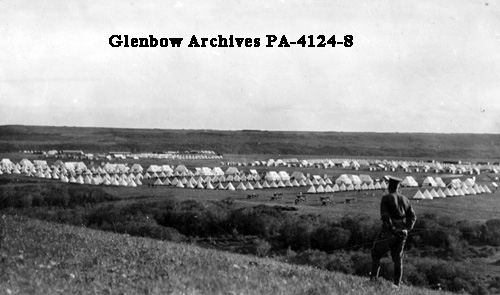
For related stories, please my previous posts titled, Wandering Through the Weaselhead, Historical Photos from the Tsuut’ina Nation, and Historical Photos from Remembrance Day in Calgary.
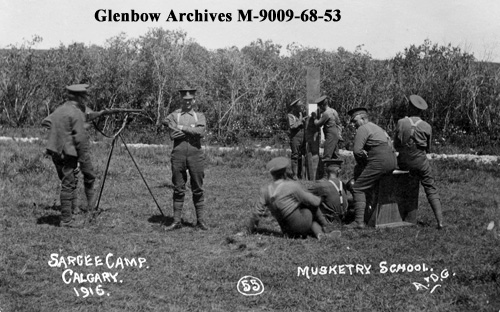
The photos above were collected from the Glenbow Archives. If you’re interested, additional information can be found for each photograph on the Glenbow website by searching the identification number that is printed on the photo. There is also the option to purchase a high resolution copy. Stay tuned for additional posts featuring historical photos from across Alberta. We’d love to know what you think on social media.


